We may earn money or products from the companies mentioned in this post. This means if you click on the link and purchase the item, I will receive a small commission at no extra cost to you ... you're just helping re-supply our family's travel fund.
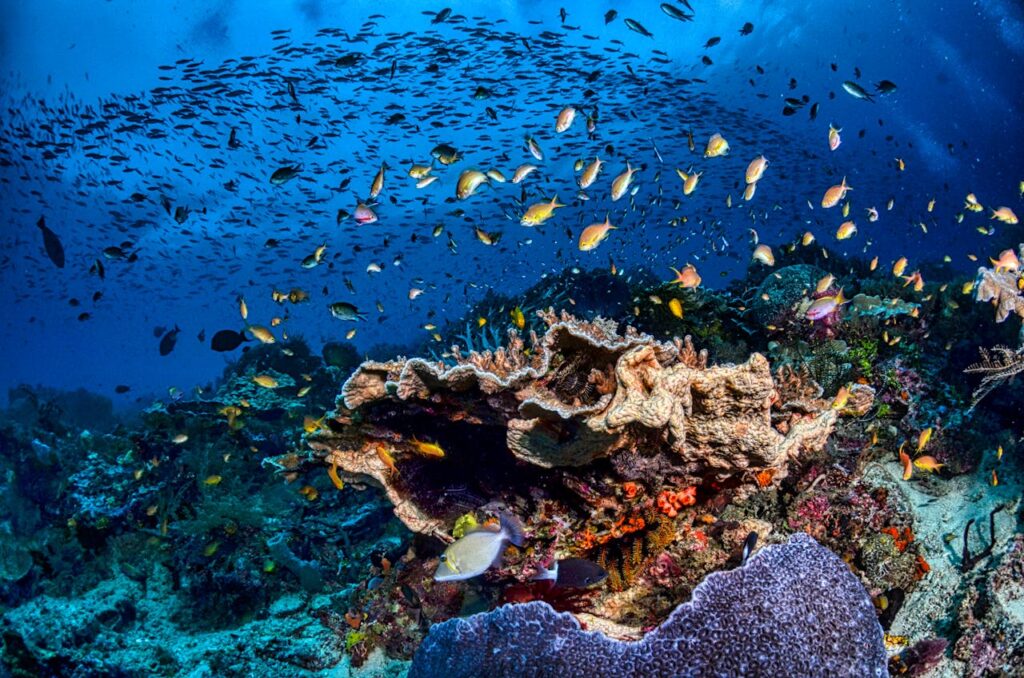
You want reefs that feel alive, not just scenic. The moment your mask slips under, sound drops, color explodes, and time loosens. This guide points you to places where currents feed life and careful rules keep it thriving. Travel in shoulder seasons, book local operators with strong reef practices, and pack reef-safe sunscreen. Start early, float slowly, and watch the details: cleaner shrimp working, parrotfish grazing, mantas looping. Pick one, then another, and let the ocean reset your sense of wonder.
1. Raja Ampat, Indonesia
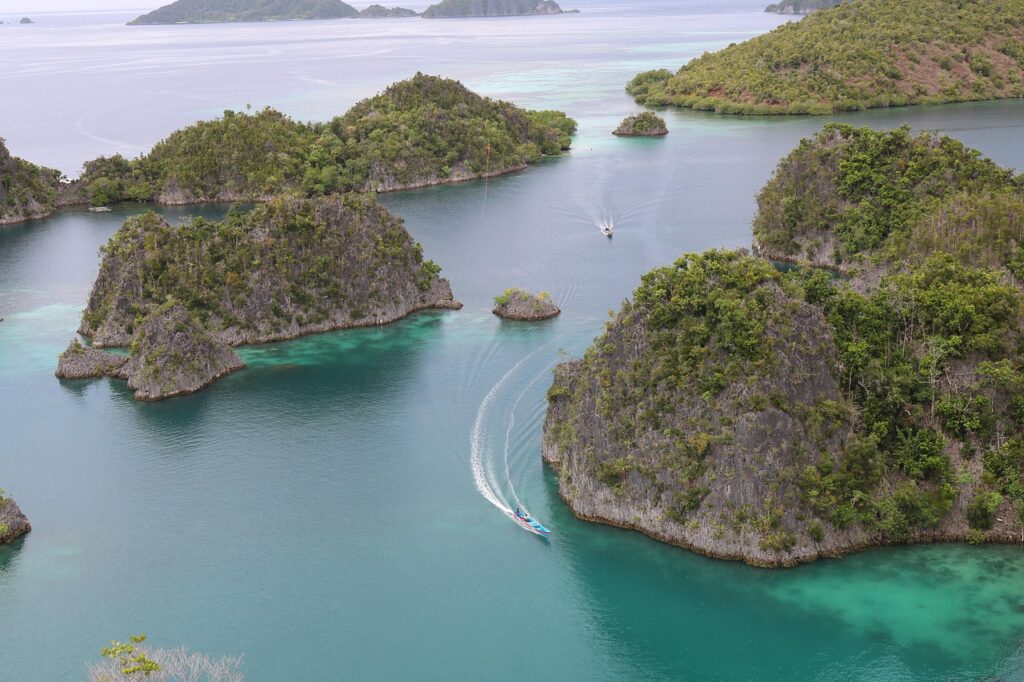
At the heart of the Coral Triangle, Raja Ampat sits where Pacific and Indian currents collide, delivering nutrients that supercharge life. Here you drift past forests of sea fans, bommies cloaked in soft corals, and fish schools so thick they dim the sun. Sites like Cape Kri and Misool host rare creatures and manta cleaning stations, while shallow reefs glow for snorkelers. Go with tide charts, follow guides, and move slowly; biodiversity rewards patience.
2. Solomon Islands
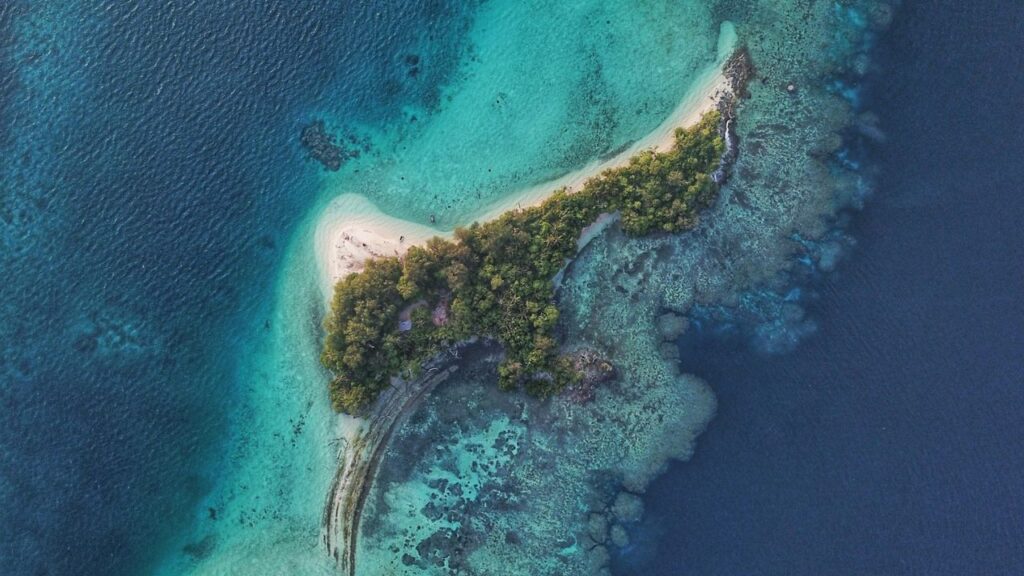
Remote and lightly trafficked, the Solomons combine coral gardens, cavern cuts, and seamounts that pull pelagics from blue water. Expect cabbage corals, waving black coral trees, and orange fans lit like stained glass at sites such as Twin Tunnels and Leru Cut. Between reefs you may spot dolphins, pilot whales, or WWII wrecks draped in soft corals. Choose liveaboards or village bases, listen to local advice, and let long, gentle drifts set your pace.
3. Papua New Guinea: Kimbe & Milne Bay
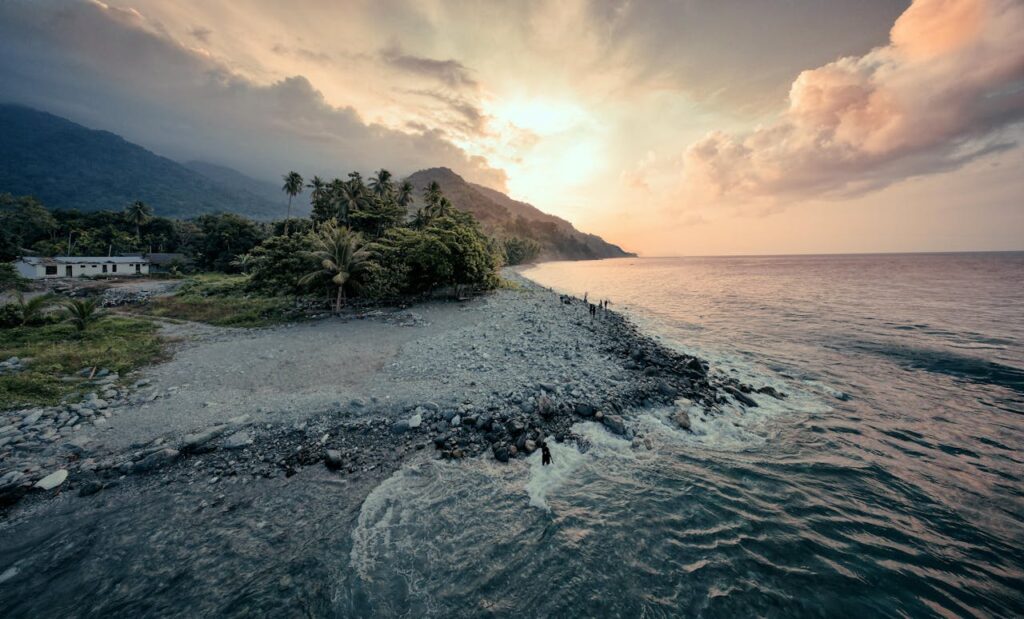
PNG’s coral realm is a sampler of everything—pinnacles, walls, muck slopes, and coral gardens busy with anthias. Kimbe Bay stacks bommies and gorgonians; Milne Bay adds critter hunts and manta passes under quick, moon-tuned tides. You might fin past clouds of spadefish, barracuda, and the occasional reef shark, then drop in on WWII relics softened by life. Currents can be lively, so time dives well, respect briefings, and bring a macro lens alongside your wide angle.
4. Fiji: Rainbow Reef & Bligh Water
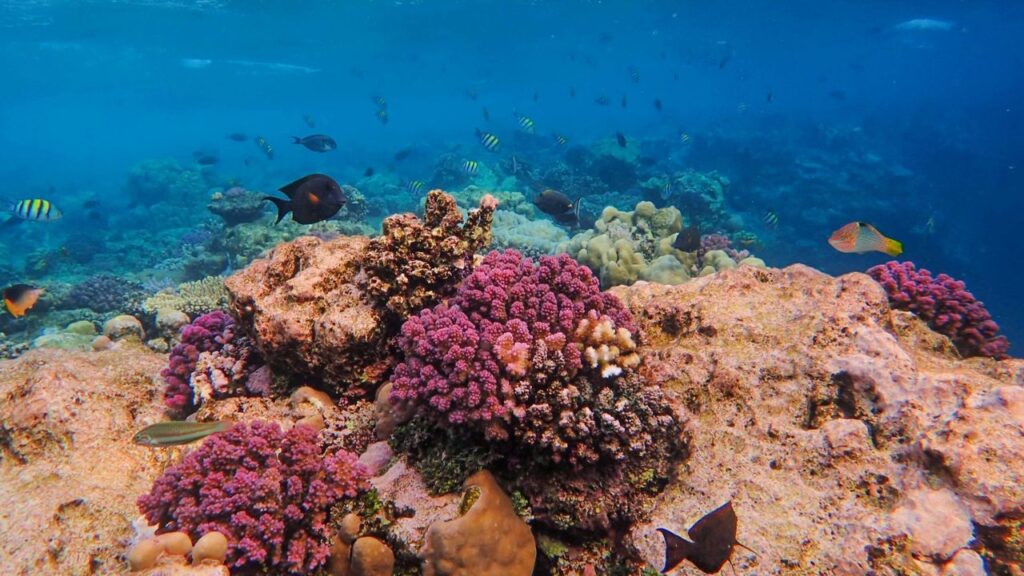
Fiji earns its title as soft coral capital when tidal pulses fire up the reefs. On Rainbow Reef, the Great White Wall glows pale under torchlight while anthias swirl like confetti and turtles hover in the blue. In Bligh Water, pinnacles sprout soft corals in every shade, from citrus yellow to deep magenta, and reef sharks patrol the edges. Pick slack-to-mild flows for relaxed dives, bring a three–five mm suit, and let a local guide position you where color and current meet.
5. Red Sea, Egypt
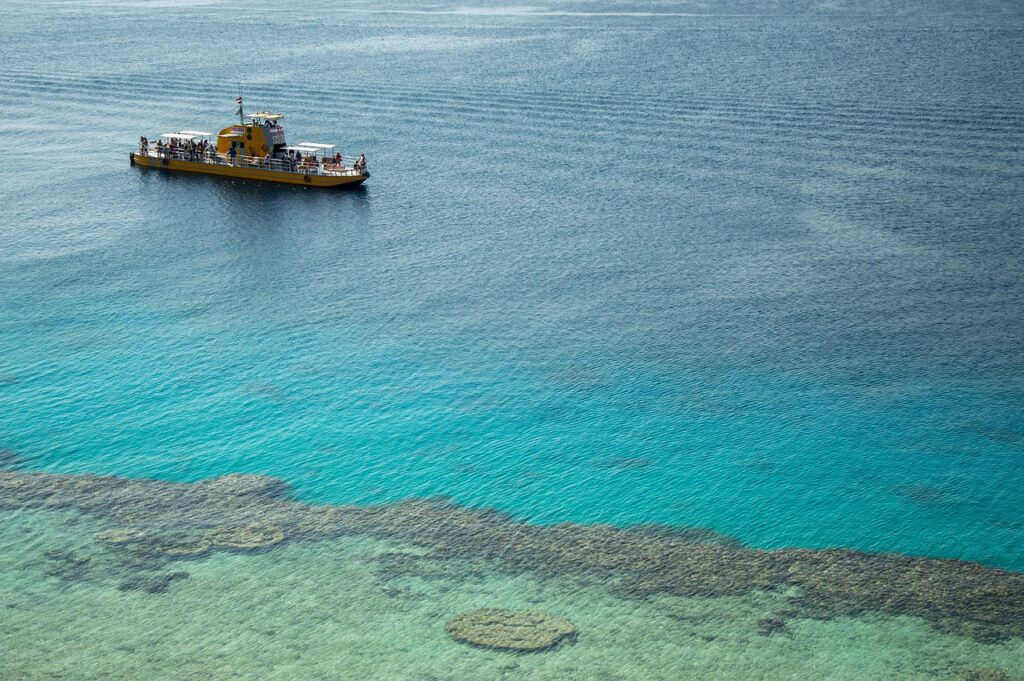
Fringing reefs run for miles along Egypt’s coast, with north and south offering different flavors. Up north, bright hard corals frame famed wrecks; down south, Brothers, Daedalus, and Elphinstone stack steep walls, soft coral gardens, and passing oceanic species. Expect glassfish clouds, Napoleon wrasse, and the chance of hammerheads in season. Choose a liveaboard for range, mind currents and exposure, and savor blue-water safety stops as anthias flicker in the sun.
6. Alor, Indonesia
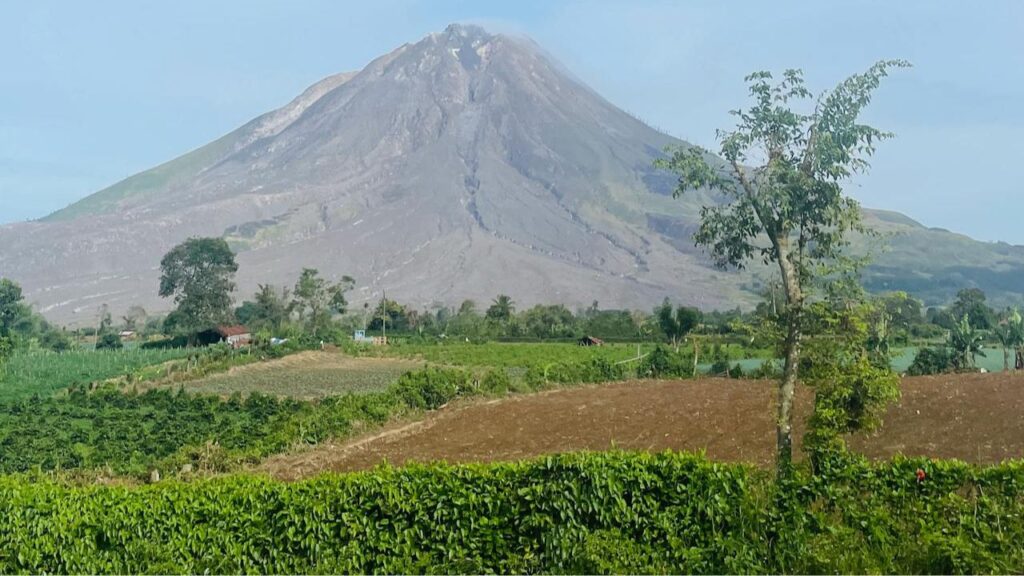
Less visited than its famous neighbors, Alor rewards you with healthy reefs, clear water, and wild variety. Cold thermoclines brush warm shallows, feeding anemone carpets, soft coral slopes, and fish life that surges when currents build. Macro fans hunt rhinopias and nudibranchs; wide-angle shooters drift past pillars thick with color at Bakalang Jetty. Bring a thicker suit than you expect, time dives to tides, and split days between macro muck and bright reef scenes.
7. Great Barrier Reef, Australia
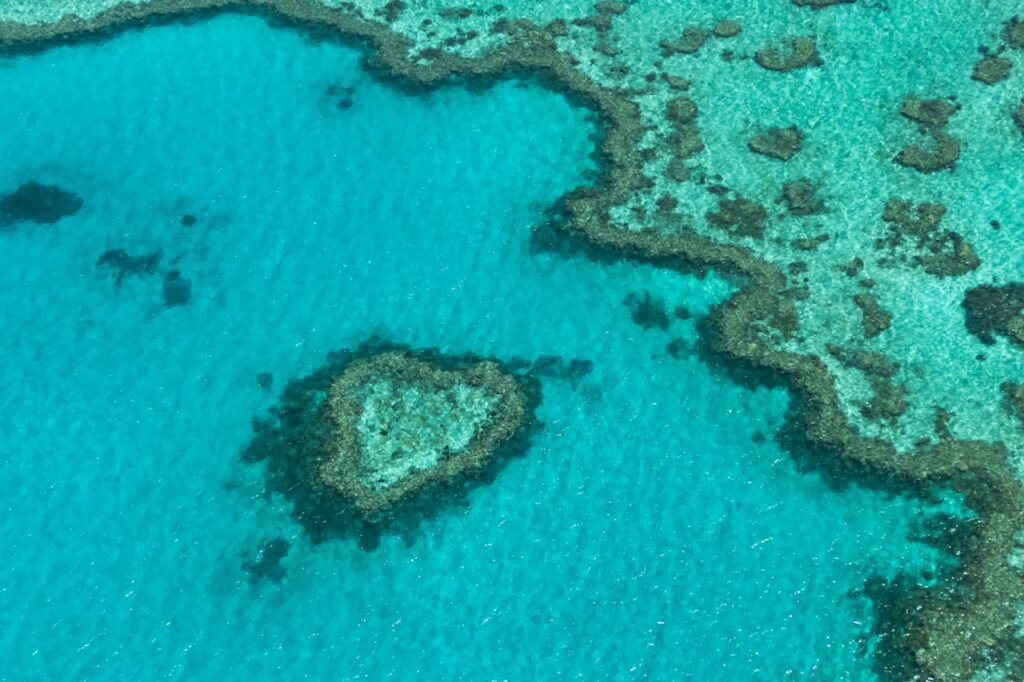
The world’s largest reef system stretches along Queensland with outer reefs that still deliver clear water, bommies, and big fish life. From the Ribbon Reefs to Flynn and Milln, you’ll find coral gardens, turtle passes, and drift dives lit by midday sun. Choose operators who prioritize high-quality sites and brief careful finning over delicate coral. Pair day boats with a liveaboard if you can, and aim for shoulder months when visibility and water temps play nice.
8. Belize Barrier Reef Reserve System
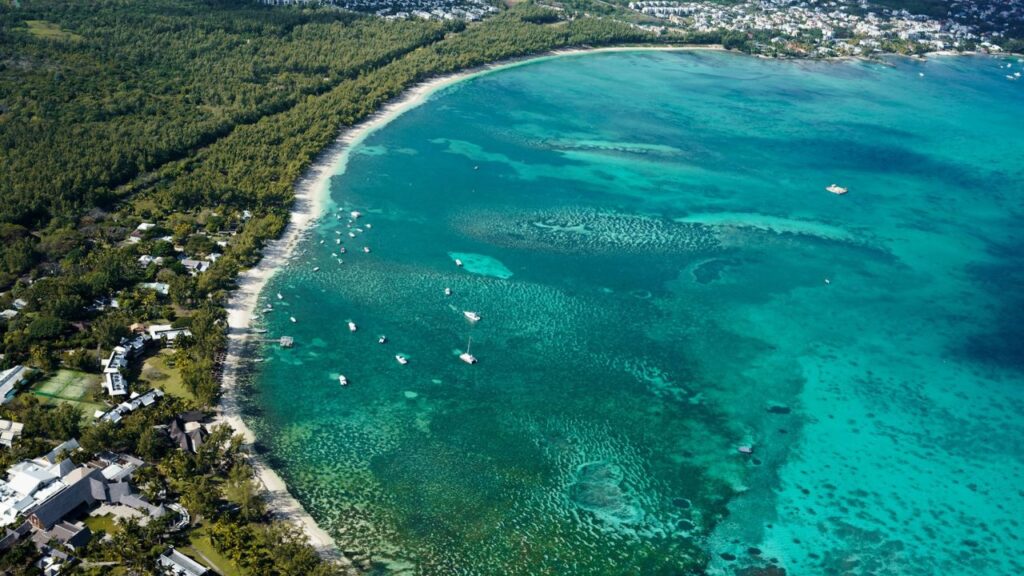
Three offshore atolls—Lighthouse, Turneffe, and Glover’s—guard Belize’s wildest coral. Expect spur-and-groove formations, shallow gardens alive with grunts and angels, and walls that drop into rich blue. At Half Moon Caye you’ll surface beside nesting red-footed boobies, then drift over fields of staghorn and lettuce corals. Bases in San Pedro or Placencia keep boats efficient. Add a day at Lighthouse for long walls, calm lagoons, and easy snorkeling.
9. Tubbataha Reefs, Philippines
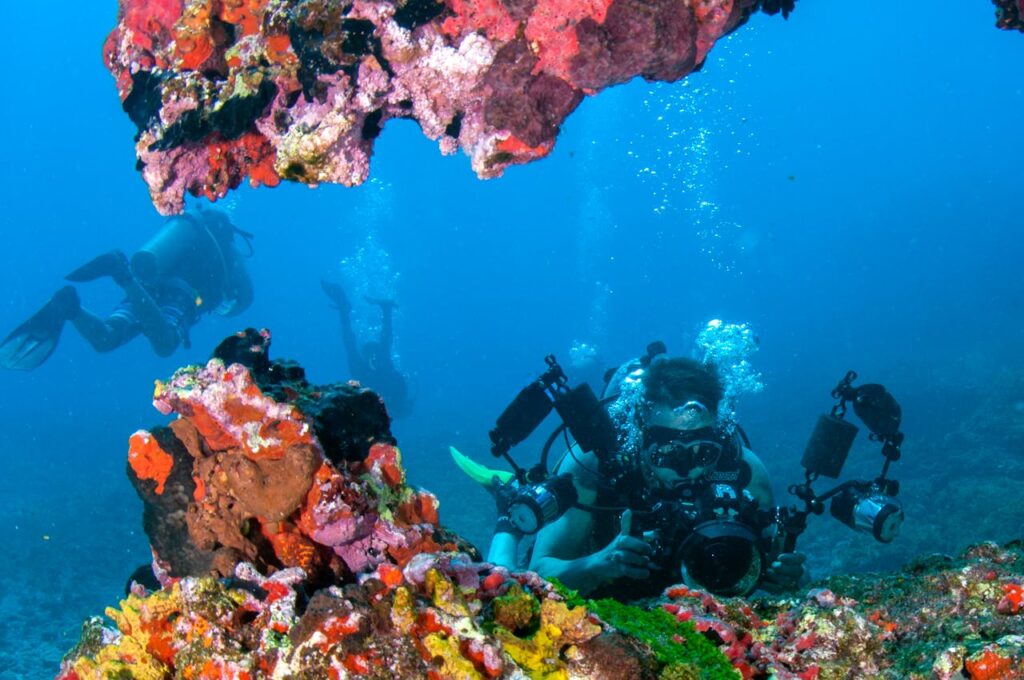
A UNESCO sanctuary in the Sulu Sea, Tubbataha opens for a short season when seas are calm, typically late Mar. to June. Liveaboards anchor your days to steep walls draped in soft corals and massive fans, with reef sharks, jacks, and occasional whale sharks in the blue. The isolation keeps the reef vibrant and the water startlingly clear. Trips book early, so plan ahead, pack a reef hook for respectful holds in current, and let the walls pull your gaze into the deep.
10. Maldives: Ari & Baa Atolls
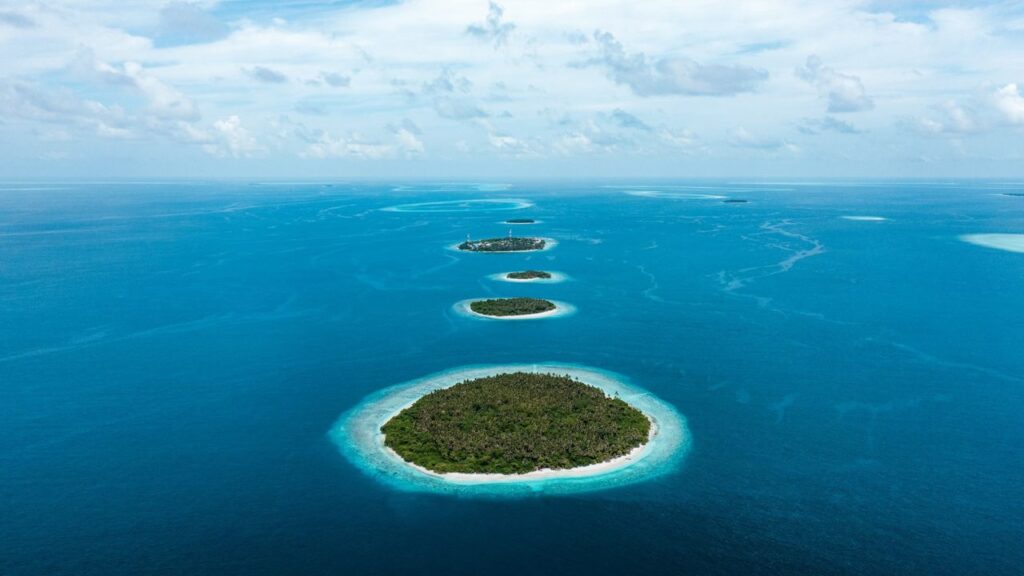
In the Maldives, coral thilas rise like underwater mesas where currents meet life. South Ari offers year-round whale shark encounters along outer reefs, while Baa’s Hanifaru Bay hosts seasonal manta feeding when plankton surges. Between events, expect hard coral gardens, fusilier rivers, and reef sharks slipping past. Pick a resort or liveaboard based on monsoon patterns, carry a reef hook for gentle holds, and let guides place you at cleaning stations.
11. Palau, Micronesia
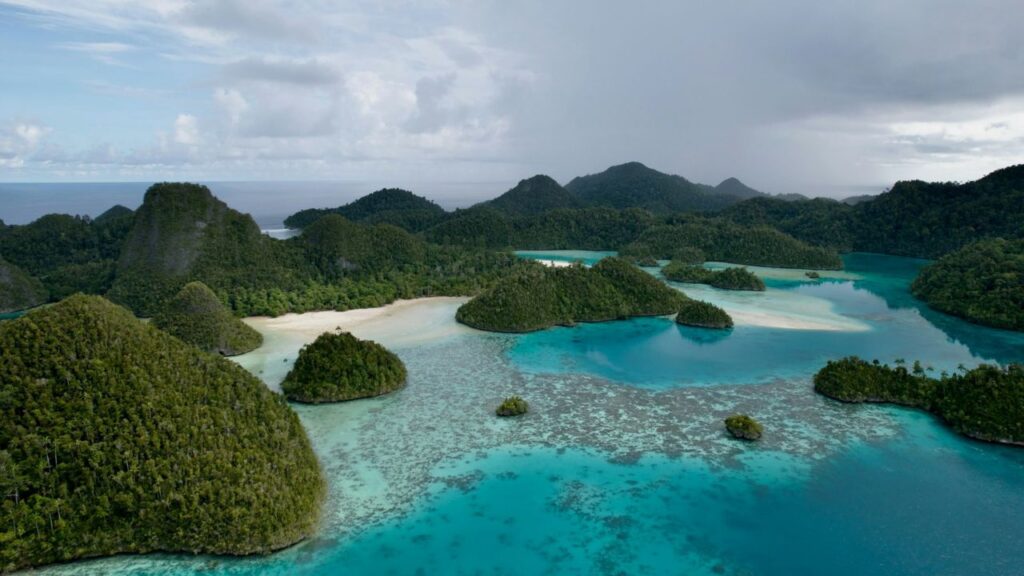
Palau blends limestone islands with reefs that jump from gentle plateaus to roaring corners. Blue Corner can go from calm to thrilling in a minute, with sharks cruising, jacks schooling, and coral terraces stepping into blue water. German Channel brings mantas to cleaning stations over healthy hard coral and sand channels that glow. Drift with a hook when current builds, keep an eye on changing tide, and pair reef days with a lagoon tour of mushroom-shaped Rock Islands.
12. Bonaire National Marine Park, Caribbean Netherlands
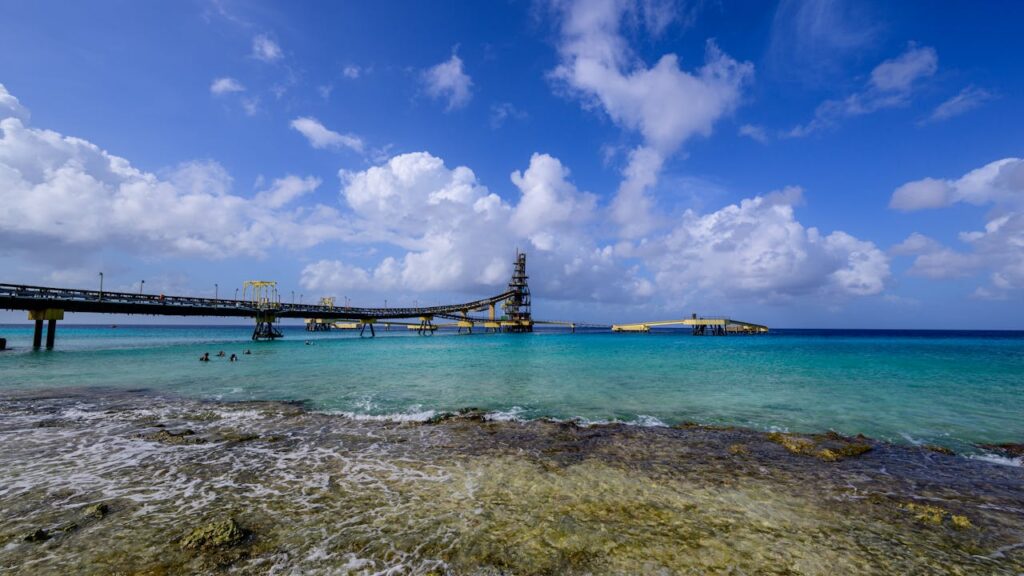
Shore diving heaven equals coral on your schedule. Pull up to marked sites, gear up at the tailgate, and kick out over hard coral gardens dotted with purple sea fans and schools of chromis. Protected since the 1970s, Bonaire’s reefs reward slow finning and perfect buoyancy. Expect turtles, tarpon on dusk patrol, and calm entries most days. Rinse gear, grab a late dinner in Kralendijk, and be back underwater at dawn before the trade winds wake up.